We humans have a strange relationship with comets. Historically they’ve been seen as portents of terrible things to come and, even today, we depict them in movies destroying cities and threatening humankind.
But this lingering notion of comets as harbingers of destruction isn’t the whole picture.
Numerous lines of scientific research are underpin the theory that comets played a vital role in the formation of life on Earth.
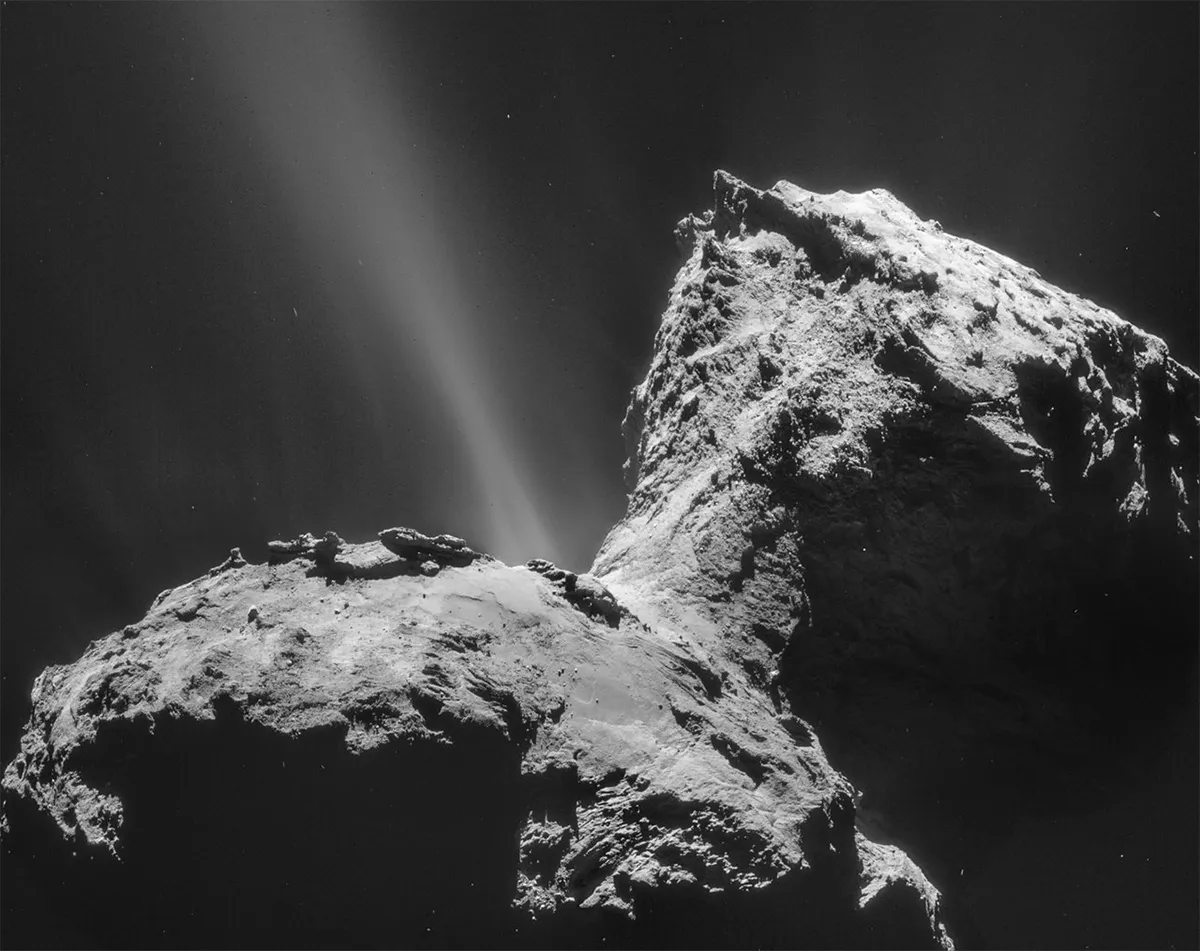
Look up into the night sky and, if you have dark skies, you’ll see nothing but inky blackness between the stars.
We like to think of space as being a vast expanse of emptiness, of nothing.
But the reality is that interstellar space contains an enormous amount of gas and dust, and it’s this material that’s the key to understanding why comets are so fascinating to astrobiologists studying the genesis of life.
"Comets are aggregations of interstellar dust particles," says Dr Richard Mathies from the University of California, Berkeley.
"This is not the kind of dust you find in your house when you shake a sheet or something like that. These are relatively clean dust particles that are aggregates of small molecules like carbon dioxide, water, ammonia and hydrocarbons."
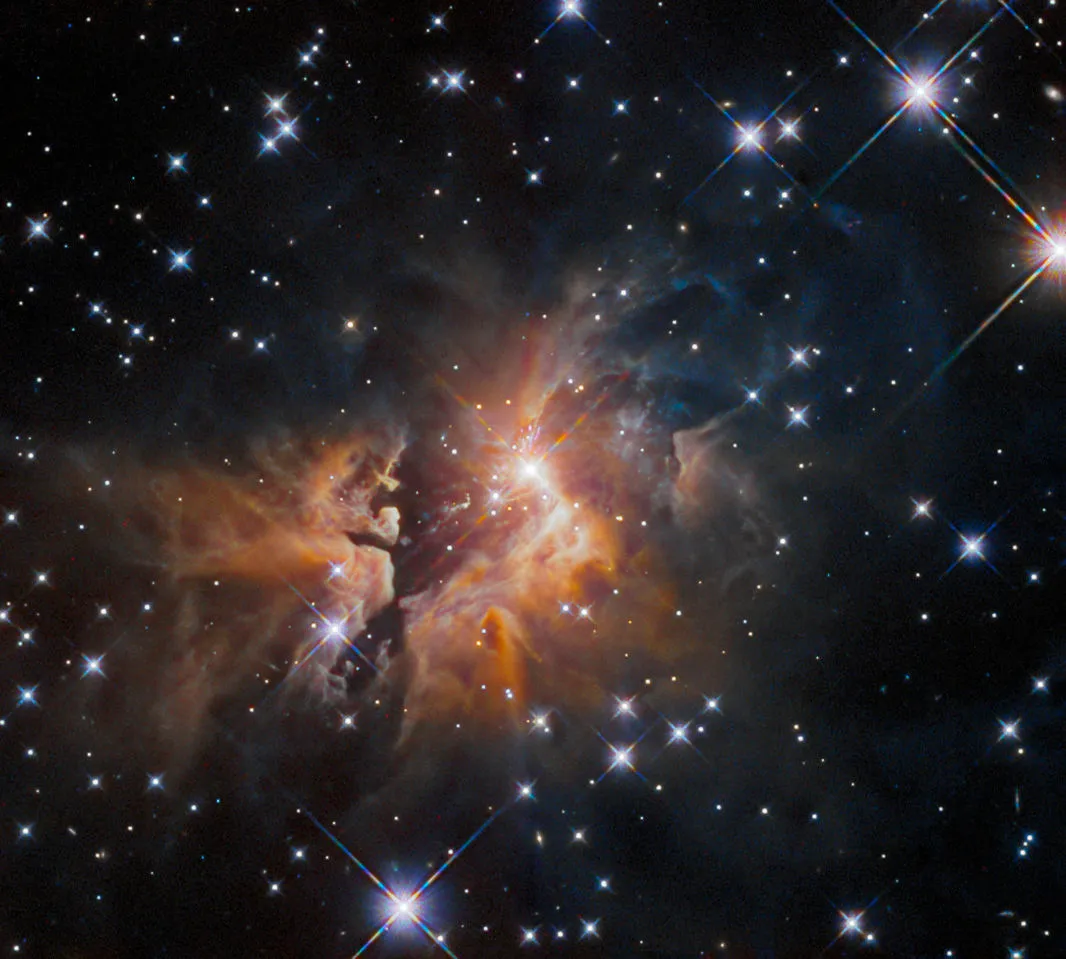
Astronomers have known for years that these molecules can be found in space, and it was also understood that irradiating them could create amino acids, commonly known as the ‘building blocks of life’.
"The real question is ‘what happens next?" says Mathies.
Specifically, Mathies and his colleagues at Berkeley and the University of Hawaii, Manoa, wanted to find out what’s needed to create polymers – chains of amino acids.
"The basis of life is the formation of combinatorial polymers," says Mathies.
"That’s the basis of peptides and proteins, that’s the basic structure of nucleic acids (RNA and DNA) and it’s the basic structure of sugars.
"You take simple molecules and you make various combinations of linear chains and this gives you a way of generating tremendous molecular complexity."
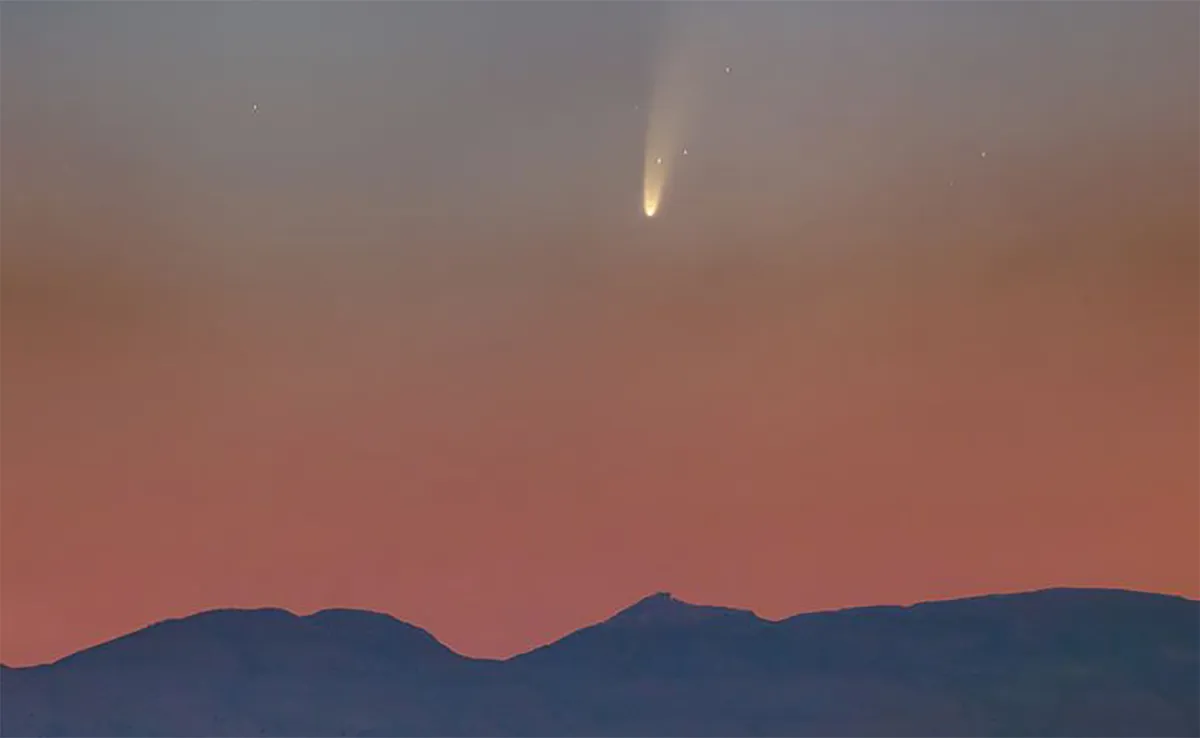
To explore what could make the polymers, the team went about recreating the environment found in interstellar space with the help of a vacuum chamber.
Inside the chamber the team placed a small disc of silver measuring roughly 2cm wide and a few millimetres thick.
This silver would be the surface on which the team could reproduce the same chemistry that’s thought to be occurring on interstellar dust particles – and it would be here that they’d look for the secrets of polymer formation.
With the air pumped out of the chamber to simulate the vacuum of space the piece of silver was cooled to around –260ºC.
Then a cocktail of ingredients known to be present in interstellar dust particles was pumped into the chamber in a gaseous form: this mix included methane and ethane (hydrocarbons) as well as ammonia and carbon dioxide.
"It’s so cold that the gas condenses on the silver very rapidly and forms a film – an aggregate of all of these," says Mathies.
"It’s like water vapour condensing on a window in the winter and making an icy film. That’s exactly what’s going on."
But the film only simulated what’s found in the dust particles themselves.To complete the experiment the team needed something else.
In space, the dust would be bombarded by high-energy particles known as galactic cosmic rays.
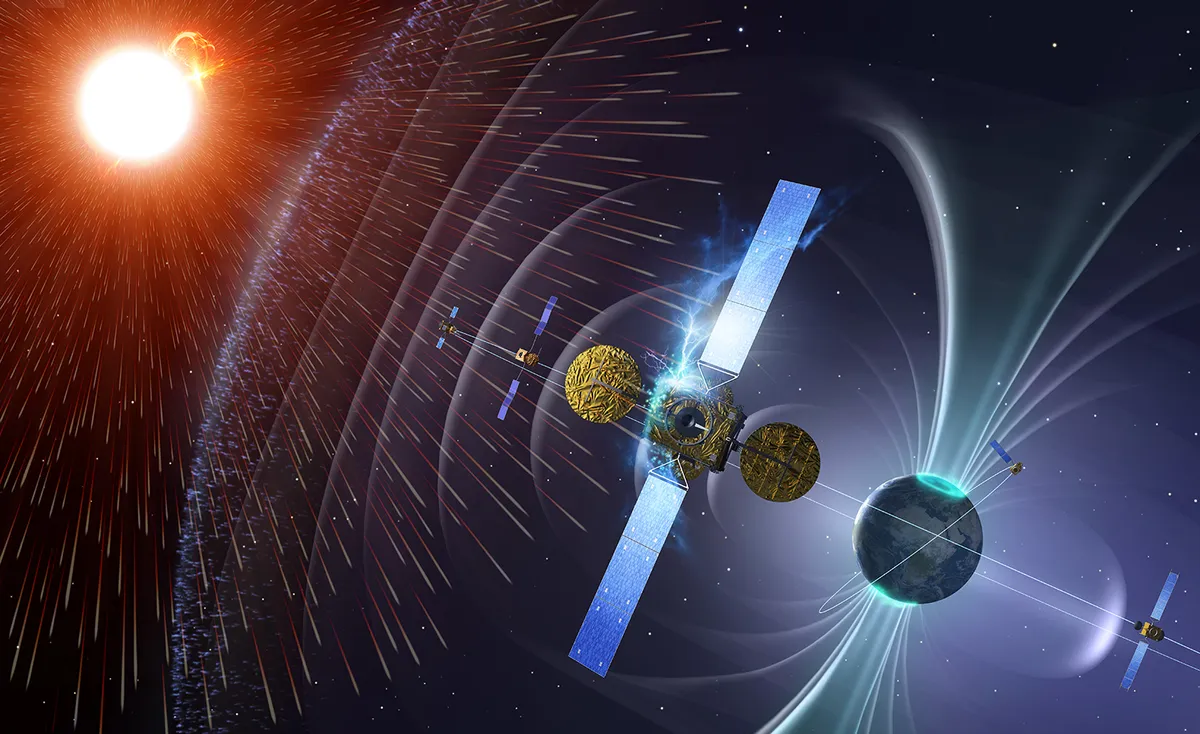
These play an important role in the reactions that occur on the dust particles, explains Mathies.
"When the carbon dioxide, ammonia, water and hydrocarbons are blasted by galactic cosmic rays they get activated and can make new molecules," he says.
To recreate this extreme bombardment the team fired electrons at the icy sample, then analysed it to see what had been made. The result was remarkable.
"What we’ve shown is that, once you make amino acids in these ices the continued irradiation with galactic cosmic rays also leads to the formation of simple polymers – the first step in the evolution of more complex molecules," says Mathies.
In space those complex molecules could find their way into comets as the dust particles clumped together and eventually, it’s thought, those comets that may have eventually collided with the young Earth.
While the work of Mathies and his colleagues paints an incredible picture of the reactions that are likely to be occurring on interstellar dust particles, the idea of a comet smashing into Earth will no doubt evoke terrifying images of Armageddon for many.
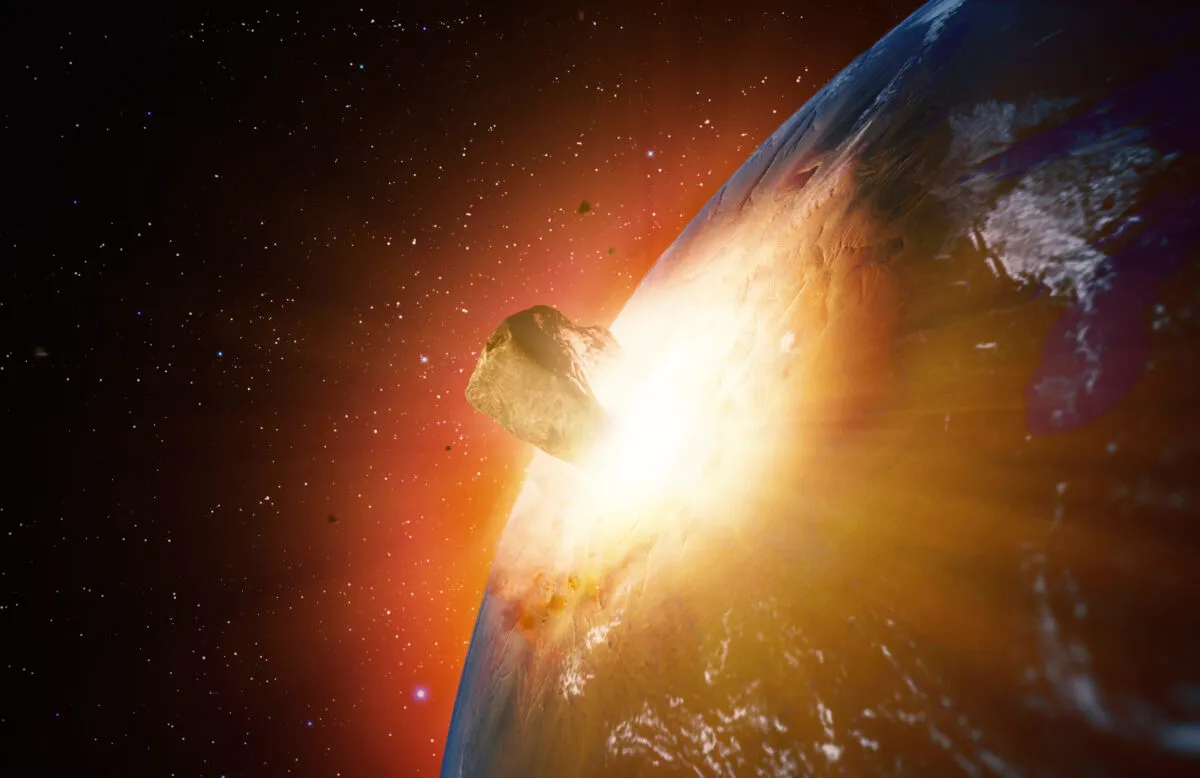
Yet in our planet’s distant past these violent collisions may have been the sources of yet more intriguing chemistry.
Dr Nir Goldman from the Lawrence Livermore National Laboratory and Prof Isaac Tamblyn from the University of Ontario Institute of Technology examine what reactions might have occurred at the heart of a comet as it slammed Earth.
"Comets contain a lot of raw material that could be useful for prebiotic chemistry – the chemistry of the building blocks of life – and the impact contains a lot of energy," explains Goldman.
This energy can drive chemical changes.
"Prebiotic materials, like amino acids for example, have fairly high energetic barriers for their formation. If things happen in the right way this raw material gets just enough energy to push it over these barriers. You start with very simple things and then the impact event carries it one step higher in complexity."
The impact itself produces an incredibly powerful compression wave inside the comet, which results in extraordinarily high temperatures and pressures.
Yet just how extreme the conditions are during impact depends largely on the angle the comet strikes at, says Goldman, and that has important implications for the chemistry going on inside it.
What happens if a comet hits a planet?

"If a comet were to make a direct impact with a planet, this that could yield extremely high temperatures [around 10,000°C] and pressures, and it’s not clear that any interesting chemistry could happen because the conditions are so intense," explains Goldman.
"Now if the comet comes in at a shallower angle, let’s say 20º, then the conditions are much tamer. The temperature might be more like 3,000°C, while the pressure is more in the order of 300,000 times normal atmospheric pressure.
"That’s very hot and very compressed, which promotes reactivity, but not so hot that everything just gets obliterated."
With the help of a supercomputer, Goldman and Tamblyn were able to model the chemical reactions that resulted within a comet undergoing these searing temperatures and crushing pressures.
"[Our simulations] zeroed in on an icy grain deep within the comet," says Goldman.
The computer models showed that several biologically significant materials can be formed in the turmoil of a cometary impact.
"We see things like precursors to amino acids, amino acids and aromatic compounds such as carbon ring structures, which are very stable rings of carbon molecules," says Goldman.
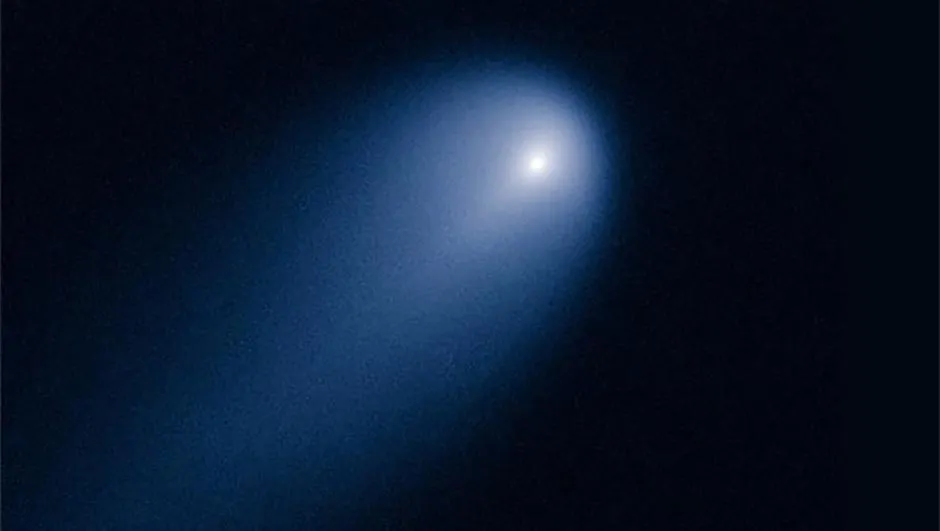
The results of Goldman and Tamblyn’s simulations are perhaps most interesting when they’re considered in the context of what was occurring in the chaos of the early Solar System.
"There were periods of heavy bombardment in which trillions of tonnes of organic material could have been delivered to the early Earth per year," says Goldman.
"That’s a really fascinating thing to ponder because the cometary material is likely to have collided with Earth at all sorts of different angles – yielding a wide variety of impact pressures and temperatures – which ultimately could have produced an enormous amount of different kinds of chemistry."
Yet for all we’ve found out about cometary chemistry the question of how life itself arose on the Earth still remains.
"There’s a huge gap in our knowledge," says astrobiologist Dr Louisa Preston.
"We get the chemistry and we get what life needs but what was that moment that it became biology?"
On that question, just like the comets out in the distant reaches of the Solar System, we may be in the dark for some time to come.
This article originally appeared in the November 2013 issue of BBC Sky at Night Magazine.
